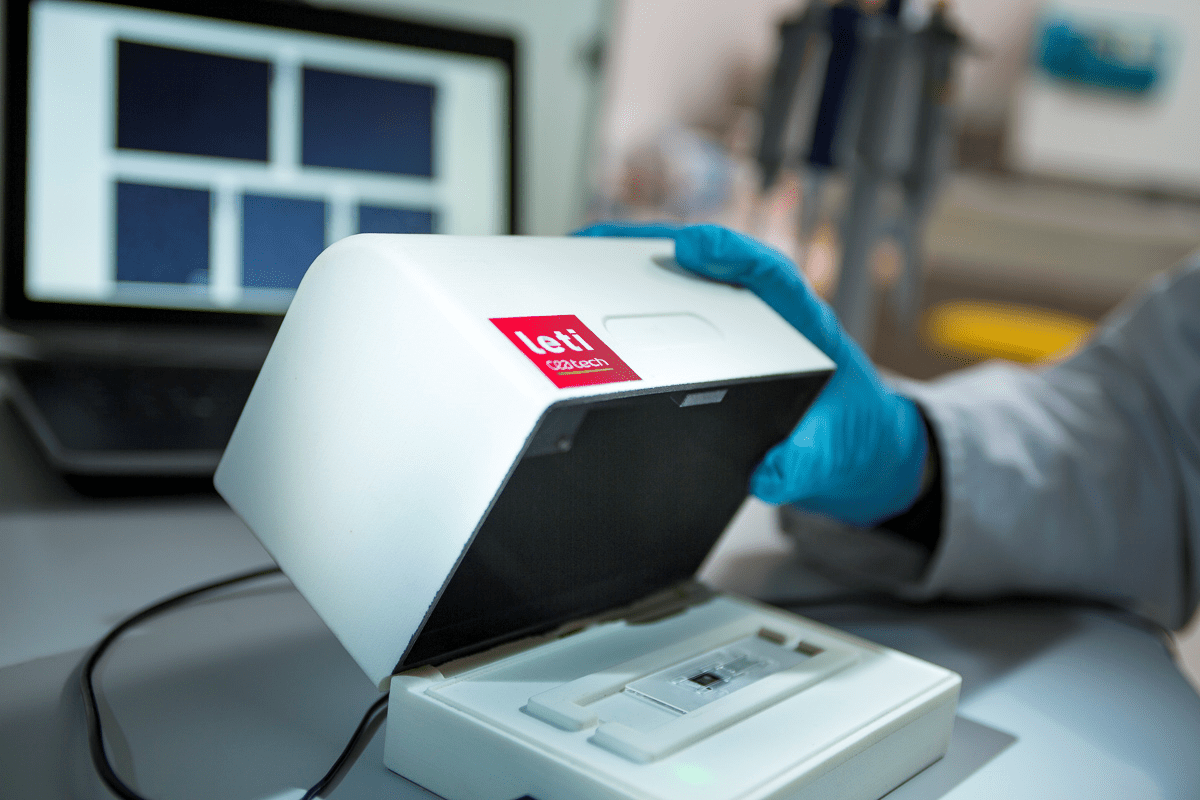News | Reading Time 2 minutes
NUMCELL project by CEA and Lallemand
Lallemand Animal Nutrition partners with CEA to develop an innovative, fast, and reliable technology to quantify live yeast in feeds
 Lallemand Animal Nutrition is pleased to announce its partnership with CEA to design NUMCELL. NUMCELL is a technology to quantify live yeast cells within a range of feed materials, free from the time-constraints of culture-based numeration techniques. This new tool is based on CEA Lensfree imaging technology. After several years of development, NUMCELL can now be used by Lallemand analysis laboratory to speed up analysis processes, with a goal of continuous improvement of customer support services.
Lallemand Animal Nutrition is pleased to announce its partnership with CEA to design NUMCELL. NUMCELL is a technology to quantify live yeast cells within a range of feed materials, free from the time-constraints of culture-based numeration techniques. This new tool is based on CEA Lensfree imaging technology. After several years of development, NUMCELL can now be used by Lallemand analysis laboratory to speed up analysis processes, with a goal of continuous improvement of customer support services.
Mathieu Castex, R&D Director Lallemand Animal Nutrition, comments:
“Our customer analysis department processes thousands of analyzes a year and increasing our throughput is key to improve our customer’s experience. Having benchmarked many techniques for quantifying microorganisms, we selected the technology developed by CEA for its robustness and high potential. After several years of development we now have a new tool, easy to implement, and much faster than the conventional microbiological count. The numeration of live yeast cell within any feed type (pellets, mash, and more) can now be achieved automatically with a dedicated software. We just entered a new phase of the project aimed at automatizing and improving the processing flow in a view to always improve support to our feed industry partners”
Thomas Bordy, biotech research engineer CEA, explains:
“The NUMCELL project is based on our Lensfree technology. The system operates with a semi-coherent light emitted by a LED that is diffracted by the microorganisms being analyzed to generate a holographic pattern captured by a CMOS image sensor. An artificial intelligence software then detects and quantifies microorganisms. For the needs of our partner, our teams in Toulouse and at CEA-Leti in Grenoble have fine-tuned the device’s technology. It now makes it possible to observe a wide range of cells and bacteria or viruses relevant to him and his customers in order to study biological cultures and detect events that are difficult to perceive under a standard microscope.
For more information about the NUMCELL project, watch the video.
Published Jun 3, 2020 | Updated May 30, 2023
Related articles
Need specific information?
Talk to an expert